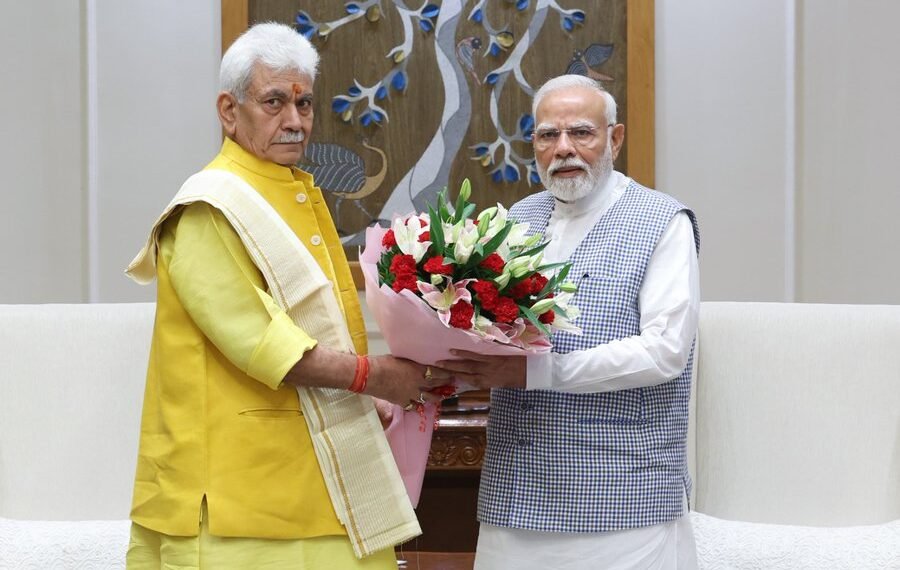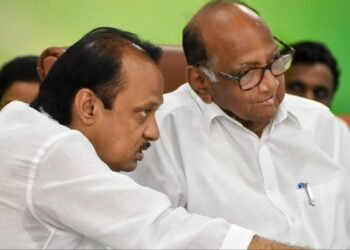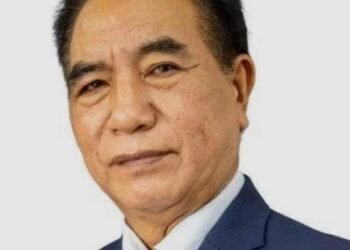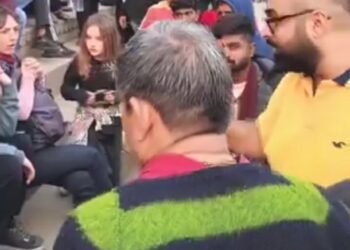Sinha’s tenure has been marked by efforts to restore peace, bolster security, and drive economic and infrastructural development under the leadership of Prime Minister Modi
By Pravin Kumar
As Lieutenant Governor (LG) Manoj Sinha approaches the completion of his five-year tenure as the administrative head of Jammu and Kashmir on August 7, 2025, speculations about his continuation in office have intensified.
On Thursday, LG Sinha called on Prime Minister Narendra Modi in New Delhi, a meeting that has further fueled discussions about his future role in the Union Territory (UT).
The high-profile meeting, which comes at a pivotal time for Jammu and Kashmir, has sparked a flurry of speculation about whether Sinha’s tenure will be extended or if a new face will take the helm.
A Tenure Marked by Transformation
Manoj Sinha, who assumed office as the second Lieutenant Governor of Jammu and Kashmir on August 7, 2020, following the abrogation of Article 370 in 2019, has overseen a period of significant change in the region. His tenure has been marked by efforts to restore peace, bolster security, and drive economic and infrastructural development under the leadership of Prime Minister Modi.
READ: Historic Verdict: SC Grants Equal Inheritance Rights to Tribal Women
In a recent interview with The Week, Sinha reflected on his five years in office, asserting that “the authority of the Indian state has been fully established in the Union Territory.” He highlighted the region’s shift from violence to aspirations, with milestones such as the peaceful conduct of Assembly elections, the revival of cultural festivals, and the return of Muharram processions after 35 years.
Sinha also emphasized the government’s commitment to restoring statehood to Jammu and Kashmir “at the appropriate time,” aligning with the roadmap laid out by Union Home Minister Amit Shah, which included delimitation, elections, and statehood restoration.
The New Delhi Meeting: Fueling Speculations
The Thursday meeting between LG Sinha and Prime Minister Modi at the latter’s residence in New Delhi has added fresh momentum to ongoing speculations about Sinha’s future.
While official details of the discussion remain undisclosed, sources suggest the talks are likely centered on the current situation in Jammu and Kashmir, including security challenges, developmental projects, and the ongoing push for statehood.
The timing of the meeting, just weeks before Sinha’s tenure concludes, has led to widespread conjecture about whether the Central government will extend his term or appoint a new Lieutenant Governor.
READ: AAIB Rebukes Western Media Over AI1 71 Crash Claims
Posts on X have amplified these speculations, with some users claiming a “strong possibility” that the Central government may extend Sinha’s tenure, citing his contributions to stabilizing and developing the region. However, these claims remain unverified, and no official confirmation has been issued by the government.
The meeting’s proximity to the upcoming Monsoon session of Parliament, starting July 21, 2025, has also raised questions about whether discussions on Jammu and Kashmir’s statehood or administrative leadership were on the agenda.
Security and Development: Sinha’s Key Focus Areas
Sinha’s tenure has not been without challenges, particularly in the realm of security. The April 22, 2025, terror attack in Pahalgam, which claimed 26 lives, mostly tourists, was a significant setback.
Sinha acknowledged the incident as a “security failure” and attributed it to Pakistan-sponsored terrorism aimed at disrupting communal harmony and the UT’s economy. In response, India launched Operation Sindoor on May 7, targeting terrorist camps in Pakistan and Pakistan-occupied Kashmir (PoK). Sinha has since vowed that the perpetrators, identified by the National Investigation Agency (NIA), “will not live long,” signaling a hardline stance against terrorism.
Despite such challenges, Sinha has emphasized the decline in terror activities, noting that only one local youth was recruited by terror outfits in 2025, a stark contrast to previous decades.
He has also prioritized support for terror victims, launching a five-pronged plan that includes government jobs, low-interest loans, and helplines for affected families.
On July 13, Sinha distributed 40 appointment letters to terror victims’ families, underscoring his commitment to addressing their grievances.
Political Dynamics and the Statehood Debate
The meeting with PM Modi comes amid ongoing political debates in Jammu and Kashmir, particularly around the dual power structure between the Lieutenant Governor and the elected government. Sinha has clarified that roles are clearly defined under the Jammu and Kashmir Reorganisation Act, with the elected government holding developmental portfolios.
However, tensions persist, with opposition leaders like Mallikarjun Kharge and Rahul Gandhi urging the Central government to introduce legislation for full statehood during the upcoming Parliament session.
Sinha has reiterated that statehood restoration is part of the government’s roadmap, but the timing remains unspecified. In a recent statement, he emphasized that “we didn’t buy peace, we established it,” reflecting confidence in the administration’s efforts to consolidate peace and deepen democracy in the UT.
Public Sentiment and the Road Ahead
Public sentiment, as reflected in recent posts on X, suggests a mix of optimism and uncertainty about Sinha’s continuation. Supporters point to his achievements in infrastructure, tourism, and security, while critics argue that more needs to be done to address local grievances and expedite statehood. The Central government’s decision on Sinha’s tenure will likely hinge on its assessment of his performance and the strategic needs of Jammu and Kashmir as it navigates a delicate phase of transition.
As the August 7 deadline approaches, all eyes are on New Delhi for clarity on whether Manoj Sinha will continue to steer Jammu and Kashmir toward what he calls “Naya Kashmir”—a vision of peace, progress, and opportunity—or if a new chapter in the UT’s administration awaits. For now, the government remains tight-lipped, leaving room for speculation to flourish.













